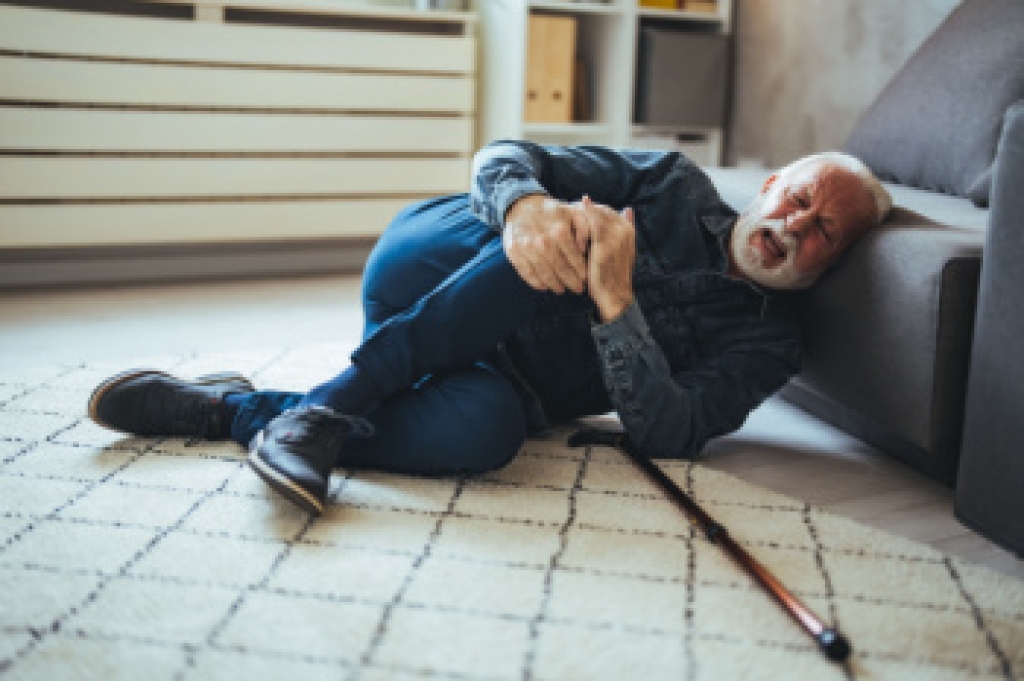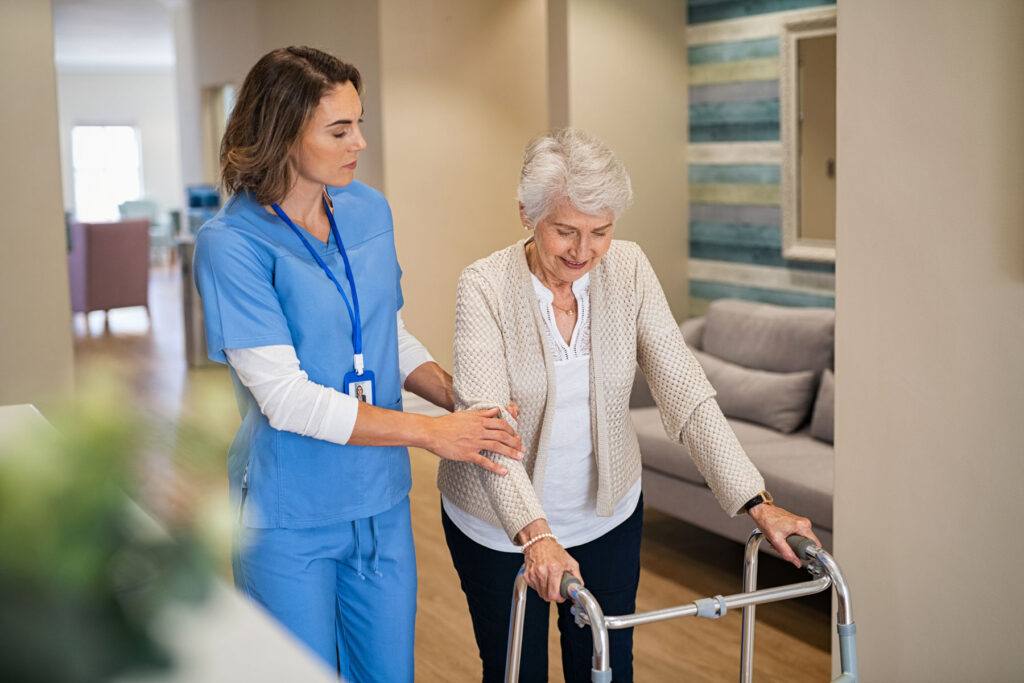As we step into 2025, understanding the statistics on senior falls becomes increasingly crucial. The aging population is growing, and with it, the risks associated with falls. Falls are not just accidents; they are a significant health concern, especially for seniors, leading to serious injuries, loss of independence, and even death. In this article, we delve into the expected trends, causes, and preventive measures associated with senior falls in 2025.

The Rising Concern of Senior Falls
Falls are one of the leading causes of injury among older adults. According to recent reports, the number of senior falls continues to rise, and by 2025, the numbers are expected to increase significantly. This trend is alarming, considering the impact falls have on the health and well-being of seniors.
Projected Statistics on Senior Falls
Increasing Incidences
By 2025, it is projected that one in three seniors over the age of 65 will experience a fall. This statistic highlights the urgent need for enhanced fall prevention strategies. The expected rise in falls can be attributed to various factors, including the aging baby boomer generation and the increase in life expectancy.
Impact on Healthcare Systems
The anticipated rise in falls will place a significant burden on healthcare systems. Hospitals and clinics may see an increase in admissions due to falls, leading to higher healthcare costs and resource allocation. This calls for proactive measures in fall prevention to minimize the strain on healthcare facilities.
Key Causes of Senior Falls
Physical Factors
Several physical factors contribute to the risk of falls among seniors. These include muscle weakness, balance issues, and chronic health conditions such as arthritis and osteoporosis. As seniors age, these conditions become more prevalent, increasing the likelihood of falls.
Environmental Hazards
The environment plays a crucial role in senior falls. Poor lighting, slippery floors, and cluttered spaces are common hazards that can lead to falls. Ensuring a safe and hazard-free living environment is essential in preventing falls among seniors.
Preventive Measures and Strategies
Home Safety Modifications
Making simple modifications in the home can significantly reduce the risk of falls. Installing grab bars in bathrooms, using non-slip mats, and ensuring adequate lighting are some of the measures that can enhance safety for seniors.
Physical Activity and Exercise
Encouraging seniors to engage in regular physical activity can improve balance, strength, and flexibility, reducing the risk of falls. Activities such as tai chi, yoga, and walking are excellent options for seniors to stay active and healthy. Learn more about physical activity benefits.
Use of Fall Detection Devices
Technology plays a significant role in fall prevention. Fall detection devices can alert caregivers in the event of a fall, ensuring timely medical assistance. These devices are becoming increasingly popular among seniors and their families. Explore fall detection devices to find suitable options.
The Role of Healthcare Professionals
Healthcare professionals play a critical role in fall prevention. They can assess the risk factors, provide guidance on lifestyle modifications, and recommend appropriate interventions. Regular check-ups and consultations with healthcare providers are essential in managing fall risks.
Community and Family Support
Community and family support is vital in preventing falls. Encouraging a supportive environment where seniors feel comfortable discussing their concerns and seeking help can make a significant difference. Family members and caregivers should be educated on fall prevention strategies and be proactive in implementing them.

FAQs
What are the most common causes of falls among seniors?
The most common causes include physical factors like muscle weakness, balance issues, and environmental hazards such as poor lighting and clutter.
How can technology help in preventing falls?
Technology, such as fall detection devices, can alert caregivers when a fall occurs, ensuring timely medical assistance and reducing the risk of further injury.
What are some effective exercises to prevent falls?
Exercises that improve balance, strength, and flexibility, such as tai chi, yoga, and walking, are effective in reducing the risk of falls among seniors.
For more information on fall prevention, visit Health in Aging.
This article contains affiliate links. We may earn a commission at no extra cost to you.

